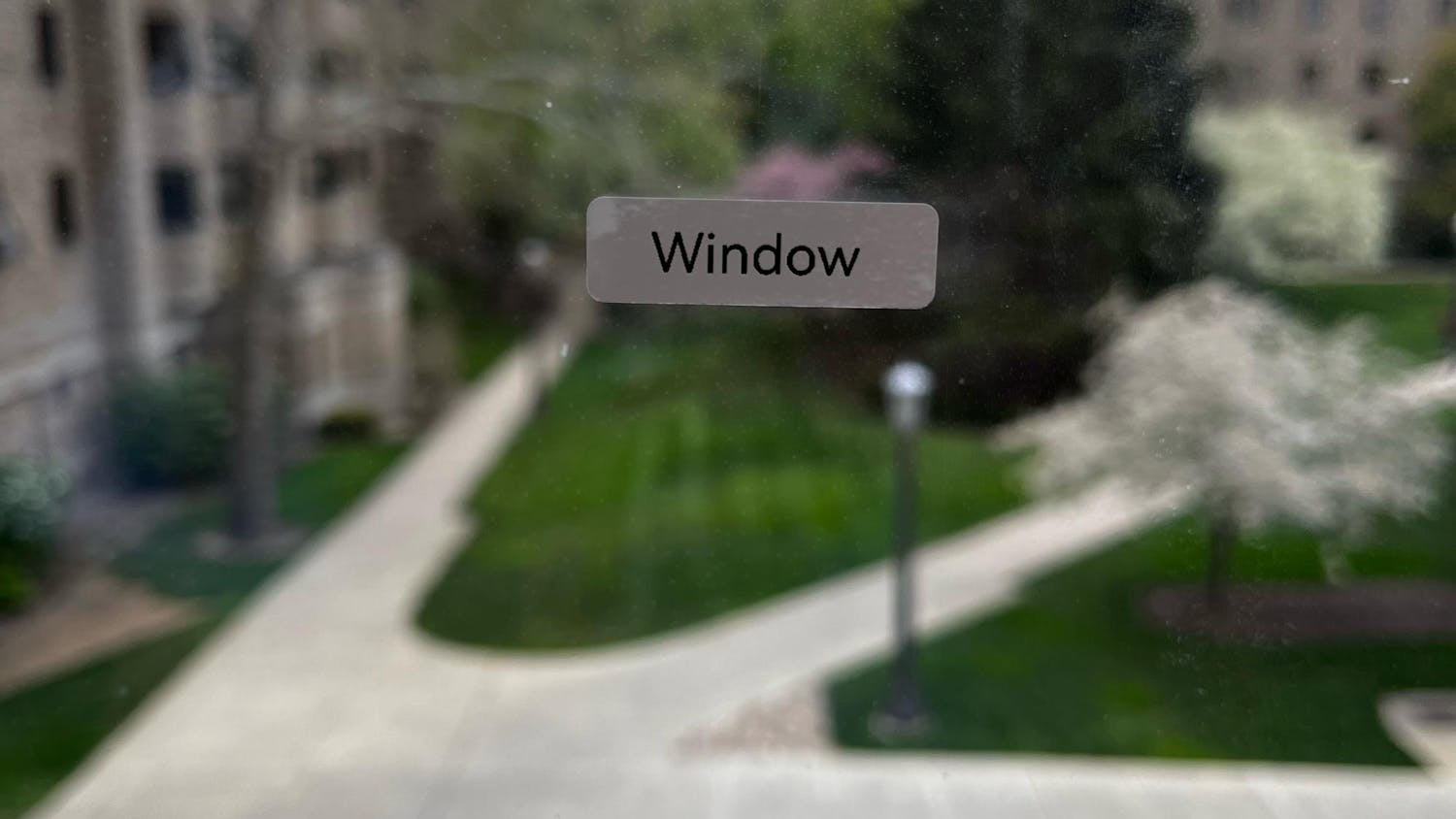Former President Barack Obama suggested in an exit interview last month that, had he run again in the 2016 presidential election, he could have secured himself a third term in the White House. “I'm confident that if I — if I had run again and articulated it, I think I could've mobilized a majority of the American people to rally behind it,” he said.
President Trump was quick to respond, tweeting “NO WAY!” shortly after the interview aired. Republican pundits also voiced their incredulity, citing the rise of ISIS, the failings of Obamacare, the worsening of race relations and the lack of economic growth under President Obama.
Setting aside the administration’s controversial domestic and foreign policy record, however, the real question for Democrats is not if Obama could have won reelection; rather, would the party have wanted him to? Since 2008, the Democratic Party suffered enormous losses at every level during his tenure in office.
While Obama’s charismatic personality, broad demographic appeal and inspiring message of “hope” succeeded in propelling him toward consecutive electoral victories, his popularity at the stump did not translate further down the ballot. As the head of the Democratic Party, Obama oversaw a net loss of 1,042 state and federal offices, including congressional and state legislative seats, governorships and, ultimately, the presidency.
In the U.S. Senate, Democratic seats fell from 55 in 2009 to 46 in 2017, while their share of the House plummeted from 256 to 194. In that same eight-year period, Democrats lost over 900 state legislative seats, and the number of Democratic governorships fell from 28 to just 16.
The loss of the presidency, however, is perhaps the most profound example of Obama's personal popularity failing to translate into support for his policies or fellow Democrats. Hilary Clinton campaigned as Obama’s heir apparent, repeatedly defending his policies and appearing alongside the first family as much as possible.
Just weeks before the election, Obama declared that his “legacy is on the ballot.” Less than two months later, the nation elected Donald Trump: a billionaire businessman, former reality TV star and the political antithesis of Barack Obama.
Still, the former president and others have taken comfort in the knowledge that Hilary Clinton won the national popular vote, much like a sports coach clinging to the notion that his team would have won if only the rules were a little different.
Unfortunately for the Clinton campaign, presidential elections are decided based on the outcomes of 50 separate popular votes (setting aside the system of proportional representation in Nebraska and Maine, and including the District of Columbia), and not a single national plurality. Candidates devise campaign strategies based on this model, targeting voters in “battleground” states to reach the goal of 270 electoral votes.
A presidential candidate who won the popular vote but fell short of 270 electoral votes is like a football team that piled up more total yards in a game but couldn’t put the ball in the end zone. Left-wing protestors and Democratic politicians alike need to recognize that Donald Trump won the election under the only rules that mattered, by a decisive margin of 74 electoral votes.
But how is it that Hilary Clinton could have won the popular vote and lost the Electoral College? Yes, it was Trump’s key victories in the battleground states of Michigan, Ohio, Wisconsin, Pennsylvania, Florida and North Carolina that won him the presidency, but consider that Republicans beat Democrats in the national House popular vote by more than 1.3 million. These are voters that supported Barack Obama and — to a lesser extent — Hilary Clinton, but voted for Republican lawmakers at every other level of government.
Increasingly, Democrats have become the party of urban voters, college towns and the West and East coasts. While President Obama won 690 (22 percent) of the nation’s 3,113 counties, Clinton carried just 487 (16 percent).
Of course, as the nation continues to diversify, the Democratic Party will likely continue to benefit from its appeal to minority and immigrant voters. The issue for Democrats is that these demographic changes are occurring in only a relatively limited area of the country, where Democrats already have significant majorities.
At the same time, the Party continues to alienate — even demonize — rural middle-class voters across the nation’s vast heartland. These voters are predominantly white and blue-collar workers, who go to church on Sundays, watch football on the weekends and overwhelmingly vote for Republicans on election day.
This is how Hilary Clinton lost the election. Democrats are free to blame James Comey, racism, the mainstream media and the Russian government for what happened in 2016, but without broader geographic appeal, the party will continue to suffer in the House, Senate and Electoral College.













